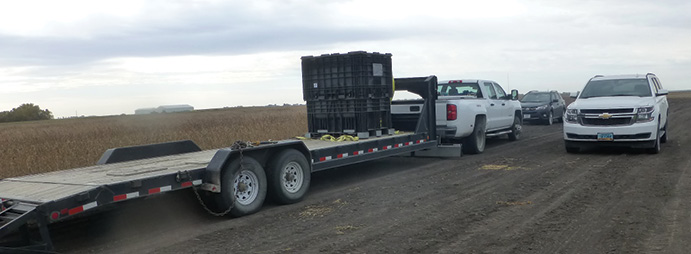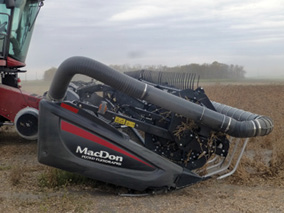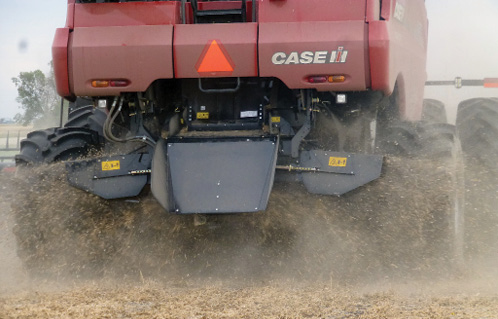Title
Crop Harvest Fire Prevention Checklist
(AE1991, Oct. 2021)File
Publication File:
AE1991 Crop Harvest Fire Prevention Checklist
Summary
Fire prevention checklist for combine operators.
Availability
Availability:
Web only
Publication Sections







